Treatments
Find your care
Radiation oncologists use a patient-centered approach and individualized treatment plans. To learn more and make an appointment with a UCLA radiation oncologist, contact us at:
Westwood - 310-825-9775
Santa Clarita - 661-287-0010
Santa Monica - 424-259-8777
Receiving a diagnosis of cancer can be overwhelming. To help people with cancer and their families better understand their treatment choices, we are providing the following information to explain how radiation therapy works to cure cancer and the various types of cancers. This material is informational only and should not be used in place of advice from a medical professional.
If you are dealing with cancer, we encourage you to talk with a radiation oncologist to see if radiation therapy is right for you, your cancer and your lifestyle
Cancer Specialty Areas
Radiation therapy uses safe doses of radiation to shrink or destroy cancer cells. Sometimes radiation therapy is a stand-alone cancer treatment. Your provider may also recommend combining radiation with other treatments, such as chemotherapy or surgery.
We give patients more options for radiation treatment. We are one of only a few centers that offers high dose rate (HDR) brachytherapy for a large range of complex cancers. Our center is also one of only three in the world that uses a Flexitron machine, which allows us to give HDR brachytherapy in one comfortable outpatient setting.
Besides specific cancers listed below, we also specialize with respect to these cancer topics:
Metastatic Cancer: At UCLA, radiation therapy is an important tool to relieve the symptoms associated with metastatic cancer.
Pediatric / Childhood Tumors: Our UCLA Radiation Oncology Team has an active program treating various kinds of childhood cancer, working closely with pediatric surgeons and medical oncologists.
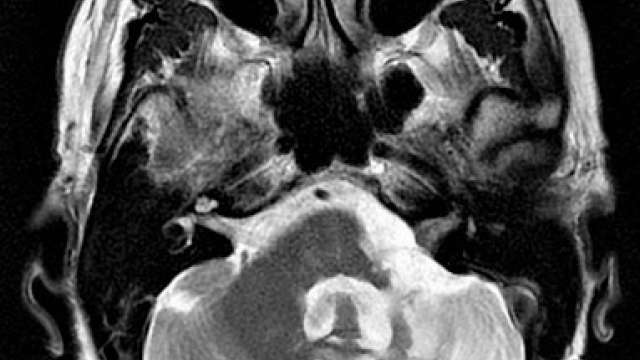
Acoustic Neuroma
Acoustic neuroma is a rare noncancerous tumor. It grows slowly from an overproduction of Schwann cells and is also called a vestibular schwannoma.
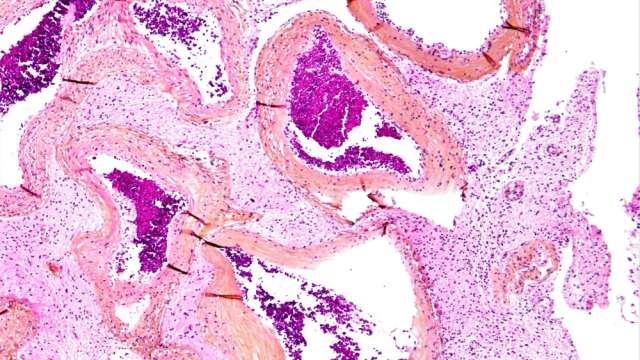
Arteriovenous Malformation (AVM)
Though this condition is not cancerous, we have a strong and diverse team of radiation oncology physicians dedicated to the care and management of patients with arteriovenous malformations (AVMs).
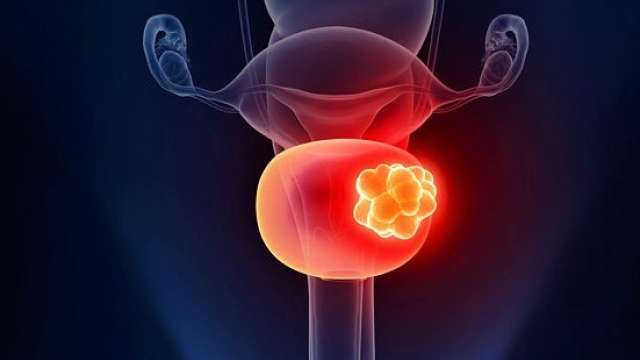
Bladder Cancer
There are many levels of prostate/genitourinary cancers, and our UCLA team assures treatment is customized for each patient.
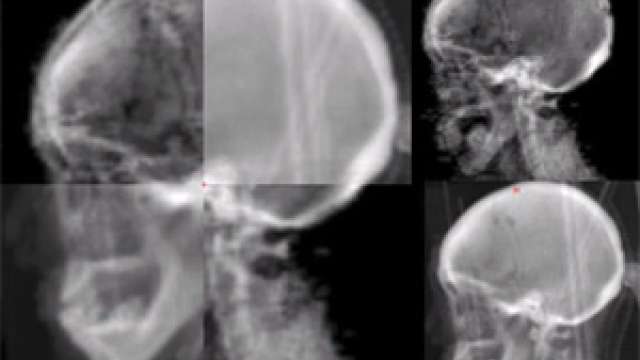
Brain & Spine Tumors
The UCLA Department of Radiation Oncology treats both malignant brain cancer and benign tumors.
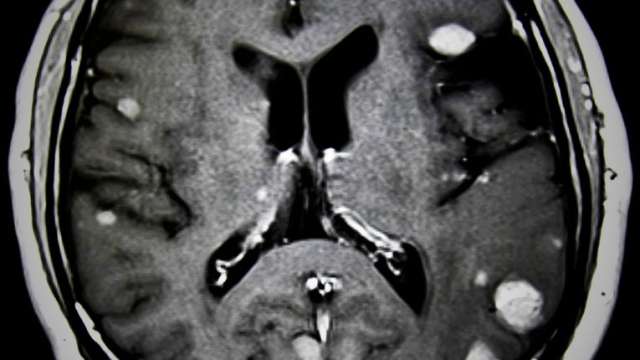
Brain Metastases
At UCLA, Radiation therapy is an important tool to relieve the symptoms associated with metastatic cancer.

Breast Cancer
We treat all stages and types of breast cancer in the UCLA Department of Radiation Oncology.
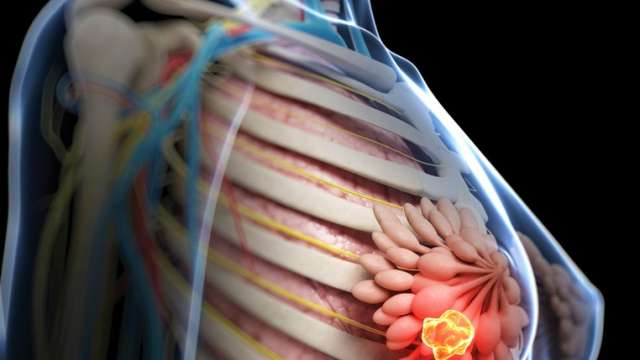
Breast Cancer – Brachytherapy
With over 30 years of experience, we have some of the most expertise on the use of HDR Brachytherapy for breast cancer in the nation.
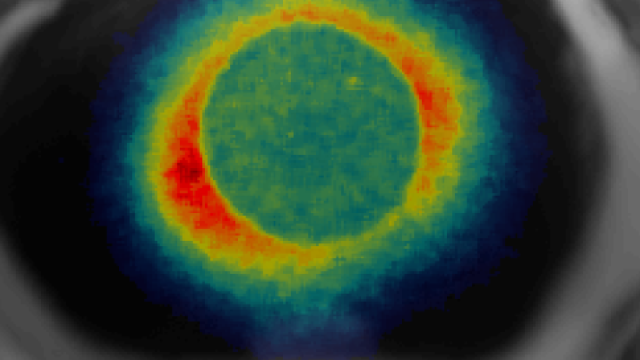
Episcleral Eye Plaque
This technique of localized radiation (called brachytherapy) has provided life-saving treatmentwhile preserving the eyes of hundreds of patients from around the world treated by UCLA over a decade of experience.
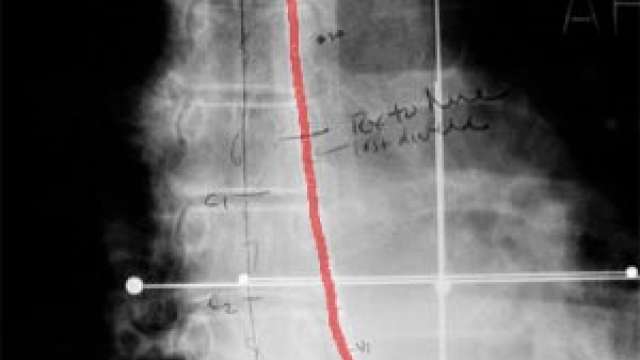
Esophageal And Bile Duct Cancers
The treatment of esophagus and gall bladder cancers is similar in that they are both treated using "intralumenal" catheters. (A lumen is the hollow space in the center of a tube).
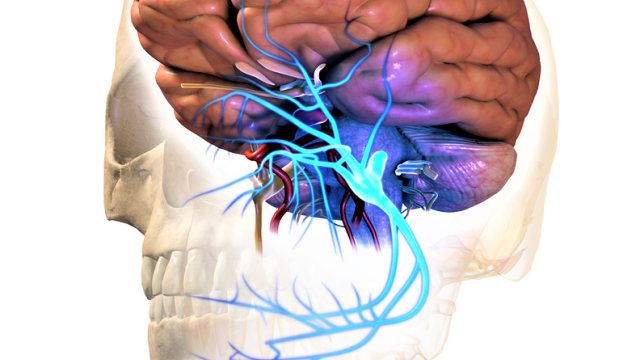
Functional Disorders/Trigeminal Neuralgia
Functional disorders are conditions such as headache, seizure disorder, dizziness, and neuralgia. Trigeminal neuralgia is a type of nerve pain that affects your face. Neurological rehabilitation can help with treatment of these conditions.

Genitourinary Cancers – Prostate, Bladder, Kidney
There are many levels of prostate/genitourinary cancers, and our UCLA team assures treatment is customized for each patient.
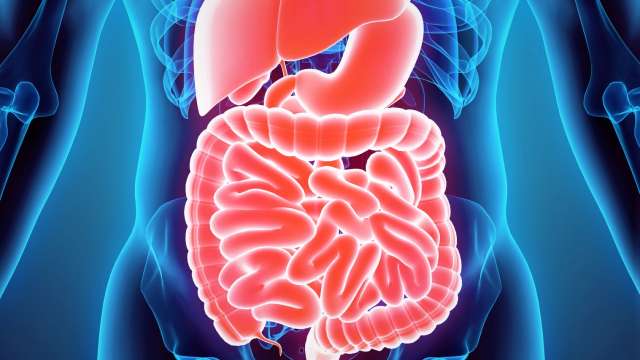
GI Cancers (Rectal, Anal, Pancreas)
Radiation is typically used to manage stomach and pancreatic cancers after surgery, with or without chemotherapy and radiation therapy is also useful for alleviating pain and suffering.